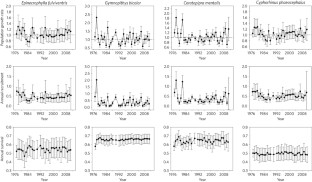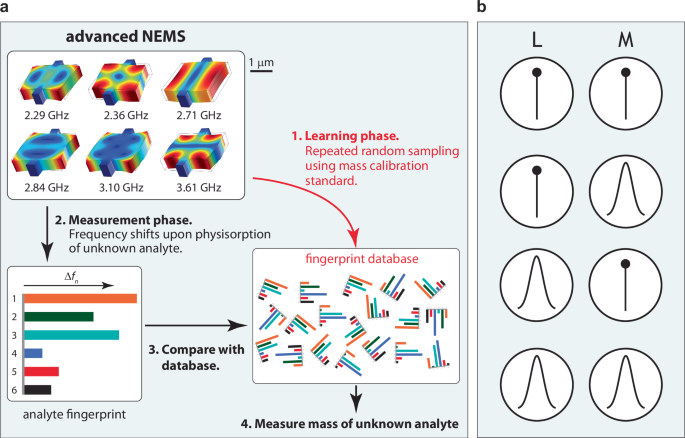2024-10-22 イリノイ大学アーバナ・シャンペーン校
<関連情報>
- https://aces.illinois.edu/news/will-tropical-biodiversity-run-dry-under-climate-change-two-visions-future
- https://onlinelibrary.wiley.com/doi/10.1111/gcb.17544
- https://www.nature.com/articles/nclimate3183
中南米熱帯林の鳥類とその生息地は、対照的な排出シナリオの下でどうなるのか? Prospects for Neotropical Forest Birds and Their Habitats Under Contrasting Emissions Scenarios
Jeffrey D. Brawn, David Luther, Mingxin Qu, Sarah M. Farinelli, W. Justin Cooper, Rong Fu
Global Change Biology Published: 22 October 2024
DOI:https://doi.org/10.1111/gcb.17544

ABSTRACT
Current and near future climate policy will fundamentally influence the integrity of ecological systems. The Neotropics is a region where biodiversity is notably high and precipitation regimes largely determine the ecology of most organisms. We modeled possible changes in the severity of seasonal aridity by 2100 throughout the Neotropics and used birds to illustrate the implications of contrasting climate scenarios for the region’s biodiversity. Under SSP-8.5, a pessimistic and hopefully unlikely scenario, longer dry seasons (> 5%), and increased moisture stress are projected for about 75% of extant lowland forests throughout the entire region with impacts on 66% of the region’s lowland forest avifauna, which comprises over 3000 species and about 30% of all bird species globally. Longer dry seasons are predicted to be especially significant in the Caribbean, Upper South America, and Amazonia. In contrast, under SSP-2.6—a scenario with significant climate mitigation—only about 10% of the entire region’s forest area and 3% of its avifauna will be exposed to longer dry seasons. The extent of current forest cover that may plausibly function as precipitation-based climate refugia (i.e., < 5% change in length of dry periods) for constituent biodiversity is over 4 times greater under SSP-2.6 than with SSP-8.5. Moreover, the proportion of currently protected areas that overlap putative refugia areas is nearly 4 times greater under SSP-2.6. Taken together, our results illustrate that climate policy will have profound outcomes for biodiversity throughout the Neotropics—even in areas where deforestation and other immediate threats are not currently in play.
降雨体系の変化が熱帯鳥類の人口動態に及ぼす影響 Impacts of changing rainfall regime on the demography of tropical birds
Jeffrey D. Brawn,Thomas J. Benson,Maria Stager,Nicholas D. Sly & Corey E. Tarwater
Nature Climate Change Published:19 December 2016
DOI:https://doi.org/10.1038/nclimate3183

Abstract
Biodiversity in tropical regions is particularly high and may be highly sensitive to climate change1,2. Unfortunately, a lack of long-term data hampers understanding of how tropical species, especially animals, may react to projected environmental changes. The amount and timing of rainfall is key to the function of tropical ecosystems and, although specific model predictions differ3,4, there is general agreement that rainfall regimes will change over large areas of the tropics5,6. Here, we estimate associations between dry season length (DSL) and the population biology of 20 bird species sampled in central Panama over a 33-year period. Longer dry seasons decreased the population growth rates and viability of nearly one-third of the species sampled. Simulations with modest increases in DSL suggest that consistently longer dry seasons will change the structure of tropical bird communities. Such change may occur even without direct loss of habitat—a finding with fundamental implications for conservation planning. Systematic changes in rainfall regime may threaten some populations and communities of tropical animals even in large tracts of protected habitat. These findings suggest the need for collaboration between climate scientists and conservation biologists to identify areas where rainfall regimes will be able to plausibly maintain wildlife populations.




